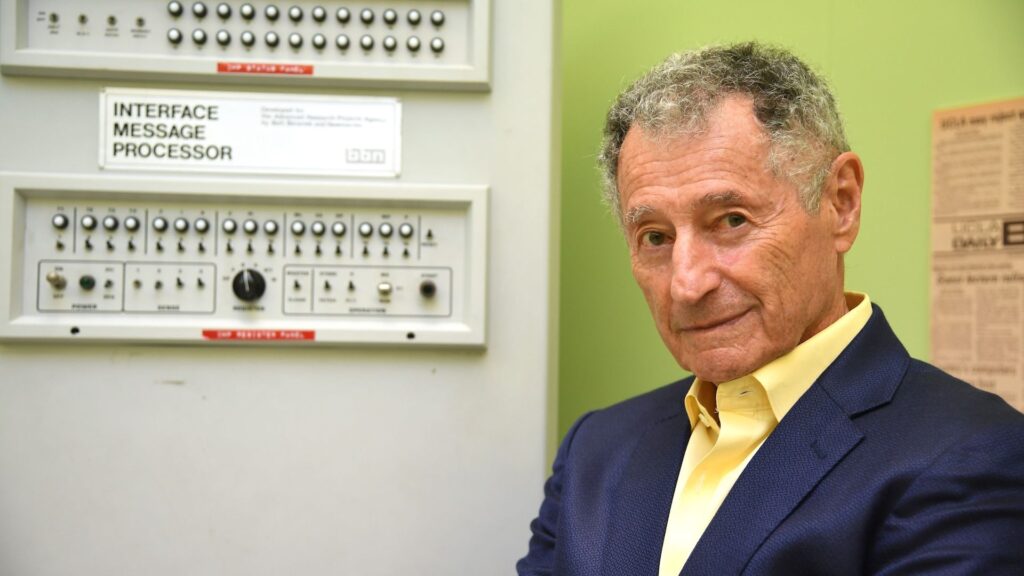simple facts
Milestone: first computer-to-computer communication
Date and time: October 29, 1969, 10:30 p.m.
Location: Los Angeles to Menlo Park, California
People: From graduate student Charlie Klein to computer engineer Bill Duvall.
Late one evening, UCLA graduate student Charlie Klein sat down at a computer the size of a refrigerator and sent the message “lo” to a rack of computers hundreds of miles away operated by Bill Duvall, a systems engineer at Stanford Research Institute (SRI).
The two computers were part of a four-computer network that made up the original Advanced Research Projects Agency Network (ARPANET).
you may like
Although the concept of computers communicating was part of a grand vision to “augment human intelligence,” ARPANET was ultimately funded for a more practical purpose: to enable the U.S. government to communicate after a nuclear attack. In that case, the military feared that the telephone lines would likely be intact, but the main switching center could be destroyed.
In 1964, RAND Corporation scientists Paul Baran and Sharla Boehm sent a memo proposing a solution. It was a “distributed network” with “hot potato” switching so that no single node was critical to the functioning of the system.
From there, military institutions funded projects to build such networks. For this system to work, there needed to be a way to break up the message from the sender into smaller parts and reassemble them at the destination. Boehm and Baran used a program written in the computer language Fortran to simulate this process, which eventually became known as packet switching.
But even before ARPANET was a reality, the scientists involved in the project clearly recognized the concept’s potential. For example, Baran envisioned that by the year 2000, people would be able to shop from home using their televisions.
ARPANET was approved in 1968 and by the summer, scientists at the University of California, Santa Barbara. SRI; the University of California, Los Angeles; and the University of Utah began building infrastructure that would allow computers to communicate using these packets.
In the original transmission, each computer at these locations had a separate “minicomputer” called an Interface Message Processor (IMP). This evolved into today’s routers. The IMP was intended to split messages into small chunks and send them to the receiving IMP, which then reassembled the message and echoed it to the receiving terminal.
On the famous night the message was sent, Klein and Duvall were on the phone checking to see when the letter had arrived. But while ARPANET’s speed was an unprecedented 5,000 characters per second, Stanford’s computers expected data to be sent at 10 characters per second, causing the system to crash. According to BBC Future, this caused Stanford University’s computer “buffers” to become overloaded.
you may like
“It was like putting a fire hose into glass,” Duval told BBC Future.
Duvall identified the problem and had the system up and running an hour later.
Researchers quickly realized the system’s potential.
“Currently, computer networks are still in their infancy, but as networks grow and become more sophisticated, we will likely see the proliferation of ‘computer utilities,’ which will serve individual homes and offices across the United States, similar to the power and telephone companies today,” Leonard Kleinrock, a UCLA computer science professor who was in charge of the node, said in a statement at the time.
ARPANET remained tied to its military roots until 1981, when the military spun off its own MILNET. And while the term “internetwork” was coined in a 1970s paper to describe a standardized protocol for sending and receiving data, the Internet itself technically didn’t come into existence until 1983, when ARPANET switched to that protocol.
Source link

